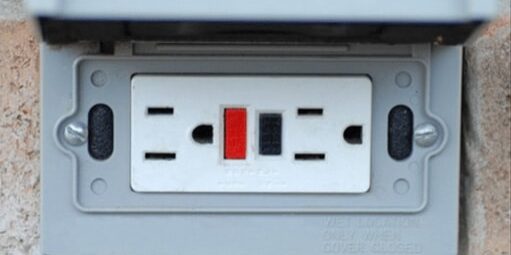Did you know that hundreds of Americans are involved in fatal accidents that result in electrocution? While electrocution may be more common on construction sites or during utility services, accidents that involve electric shock can also happen inside homes. However, with the proliferation of GFCI outlets in areas that are exposed to moisture or water, the chances of electrocution accidents have become far less frequent.
Also known as ground-fault circuit interrupters, GFCI outlets were designed to help protect workers and homeowners from the threat of electrical shock. Unlike fuses that are designed to burn out before a fire can occur with faulty wiring, a GFCI is integrated directly into an outlet. Once an appliance is plugged in, the GFCI works to actively detect interruptions and will cut the power as needed when a fault occurs. This technology could ultimately save the life of an individual when implemented correctly.
How Can You Identify GFCI Outlets?
Everyone is likely familiar with a normal 120-volt outlet in the United States because we rely on them so much to power all of our appliances or new pieces of tech. Every outlet has two vertical slots with a round hole centered beneath them. The left, slightly larger slot is known as the “neutral”, the right, the smaller slot is called “hot” and the hole below these two is the “ground”. Under normal circumstances, electricity will flow from hot to neutral; however, a GFCI outlet will monitor this flow and trip the circuit if an imbalance is detected.

So how do you know if it’s a GFCI outlet or not? The most common sign that an outlet has GFCI technology is the presence of a Test and Reset button. In some instances, GFCI outlets may also have an indicator light that is built into the outlet as well. Once tripped, the Reset button will allow the outlet to return to normal functionality. Once the Test button is pressed, the power will be cut immediately signifying that the GFCI is functioning as intended.
Like any other piece of technology, GFCI outlets will inevitably wear out and need to be replaced. Many people are able to get around 10 years of use from these outlets; however, older units may still continue to function even without the GFCI protection being available. However, it is important to note that many newer models of GFCI outlets have accounted for this and now completely cut power when no longer functional.
If your home isn’t equipped with GFCI outlets, don’t wait until an accident occurs to fix them. Let the experts at Hot Shot Electric Service Co. help!
